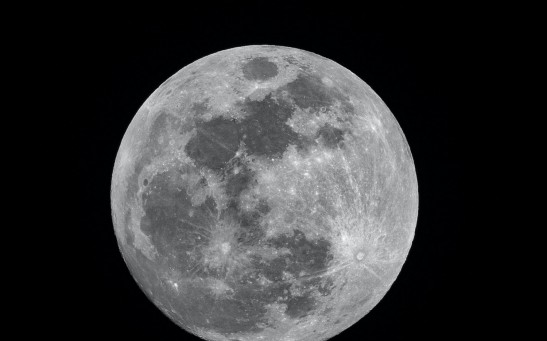moon
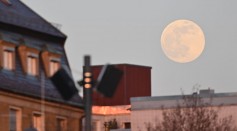
Pink Moon: Why It’s Also Called April Full’s Moon and the Religious Events Associated With It
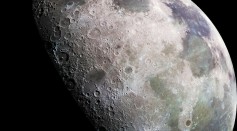
Colossal Ancient Impact on the Moon's South Pole May Explain Differences Between Lunar's Near and Far Side
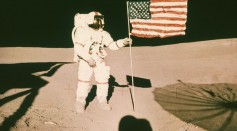
Experts Call for the Protection of Neil Armstrong’s Footprint, Landing Sites, Rovers, and Other Lunar Memorabilia
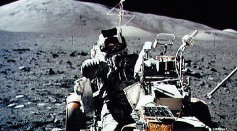
Rocket’s Crashing on Moon Surface Expected to Move at 9,000 KPH Creating New Craters

Moon Plays Crucial Role in Life on Earth, Could Potentially Determine What Makes A Planet Habitable
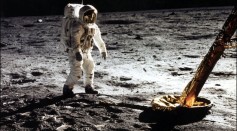
Unlocking the Moon’s Magnetic Mystery: New Study Reveals Traces of the Half-Century Enigma
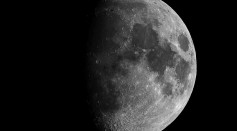
Lunar Eclipse 2021: Amazing Pictures of Beaver Moon Delighted Stargazers [See Photos]
Oxygen on Moon Surface: Australian Space Agency, NASA Partner to Collect Lunar Rocks That Will Keep Billions Alive for 100,00 Years
Up in the Sky: Venus, Jupiter, Saturn Captured in Stunning Photos as They All Line Up with the Moon
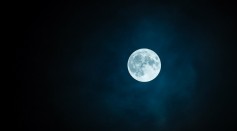
Moon Has Great Impact on How Humans Sleep: More Than 850 People, Lunar Cycle Monitored for Years
Rare 'True' Blue Moon 2021: What Makes This Year's Full Moon Different From Others?
Seasonal Blue Moon August 2021 Coming Up This Week: How Did It Get Its Name?
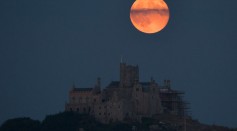
Strawberry Moon: Important Things You Should Know About the Last Supermoon of 2021
Turkey Will Land Its Rover to the Moon by 2023, Space Agency Discusses Details
Most Popular

AI Revolution in Medical Education: Transforming How Healthcare Professionals Learn

Optimizing Complex Catalog Systems with Graph Theory and Indexing

Out of Office, Not Out of Mind: Planning for Employee Holiday Absences

Practical Steps to Future-Proof Your Money to Create Financial Security

